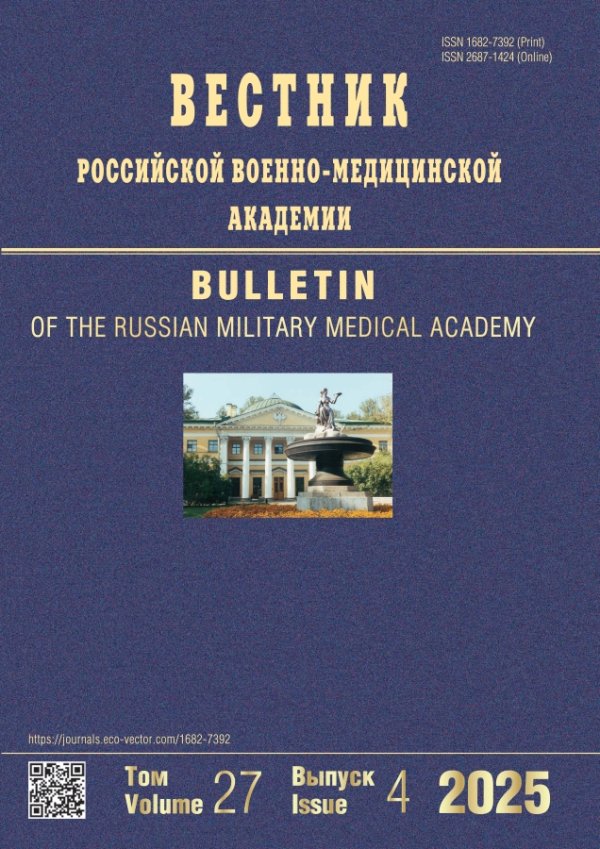Т2*-магнитно-резонансная релаксометрия печени в количественной оценке перегрузки железом
- Авторы: Титова АМ1, Труфанов ГЕ1, Фокин ВА1
-
Учреждения:
- Национальный медицинский исследовательский центр им. В.А. Алмазова
- Выпуск: Том 20, № 2 (2018)
- Страницы: 55-58
- Раздел: Статьи
- URL: https://journals.rcsi.science/1682-7392/article/view/12226
- DOI: https://doi.org/10.17816/brmma12226
- ID: 12226
Цитировать
Полный текст
Аннотация
Полный текст
Открыть статью на сайте журналаОб авторах
А М Титова
Национальный медицинский исследовательский центр им. В.А. Алмазова
Email: anisa33@mail.ru
Санкт-Петербург
Г Е Труфанов
Национальный медицинский исследовательский центр им. В.А. АлмазоваСанкт-Петербург
В А Фокин
Национальный медицинский исследовательский центр им. В.А. АлмазоваСанкт-Петербург
Список литературы
- Воробьев, А.И. Руководство по гематологии / А.И. Воробьев. - М.: Ньюдиамед, 2005. - 409 с.
- Румянцев, А.Г. Болезни перегрузки железом (гемохроматозы): руководство для врачей / А.Г. Румянцев, Ю.Н. Токарева. - М.: Медпрактика, 2004. - 328 с.
- Титова, А.М. Т2*-магнитно-резонансная релаксометрия в количественной неинвазивной оценке перегрузки железом печени и сердца / А.М. Титова [и др.] // Трансляционная медицина. - 2017. - Т. 4, № 5. - С. 37-45.
- Anderson, L. Cardiovascular T2-star (T2*) magnetic resonance for the early diagnosis of myocardial iron overload / L. Anderson [et al.] // European Heart Journal. - 2001. Vol. 22. - P. 2171-2179.
- Garbowski, M.W. Biopsy-based calibration of T2* magnetic resonance for estimation of liver iron concentration and comparison with R2 Ferriscan / M.W. Garbowski [et al.] // J. Cardiovasc. Magn. Reson. - 2014. - Vol. 10. - P. 16-40.
- Kohgo, Y. Body iron metabolism and pathophysiology of iron overload / Y. Kohgo [et al.] // Int. J. Hematol. - 2008. - Vol. 88, № 1. - P. 7-15.
- Liu, W. Ultrashort T2* Relaxometry for Quantitation of Highly Concentrated Superparamagnetic Iron Oxide (SPIO) Nanoparticle Labeled Cells / W. Liu [et al.] // Magn. Reson. Med. - 2009. - Vol. 61, №4. - P. 761-766.
- Mazza, P. Iron overload in thalassemia: comparative analysis of magnetic resonance imaging, serum ferritin and iron content of the liver / P. Mazza [et al.] // Haematologica. - 1995. - Vol. 80, № 5. - P. 398-404.
- Wood, J. Diagnosis and management of transfusion iron overload: The role of imaging / J. Wood // Am. J. Hematol. - 2007. - Vol. 82, № 12. - P. 1132-1135.
- Wood, J. Estimating tissue iron burden: current status and future prospects / J. Wood // British Journal of Haematology. - 2015. - Vol. 170. - Р. 15-28.
- Wood, J. Guidelines for quantifying iron overload / J. Wood // Hematology. -2014. - P. 210-215.
Дополнительные файлы







